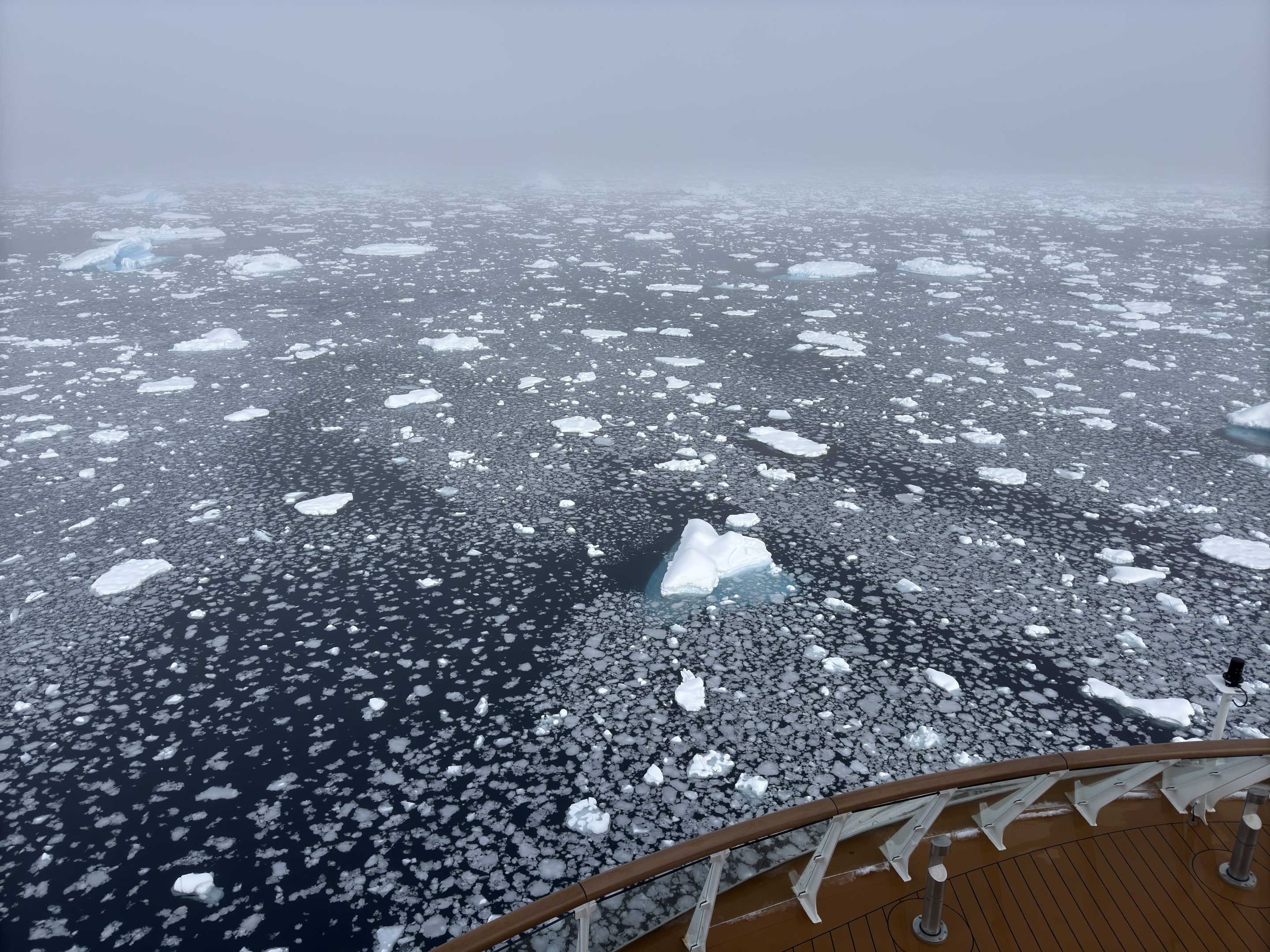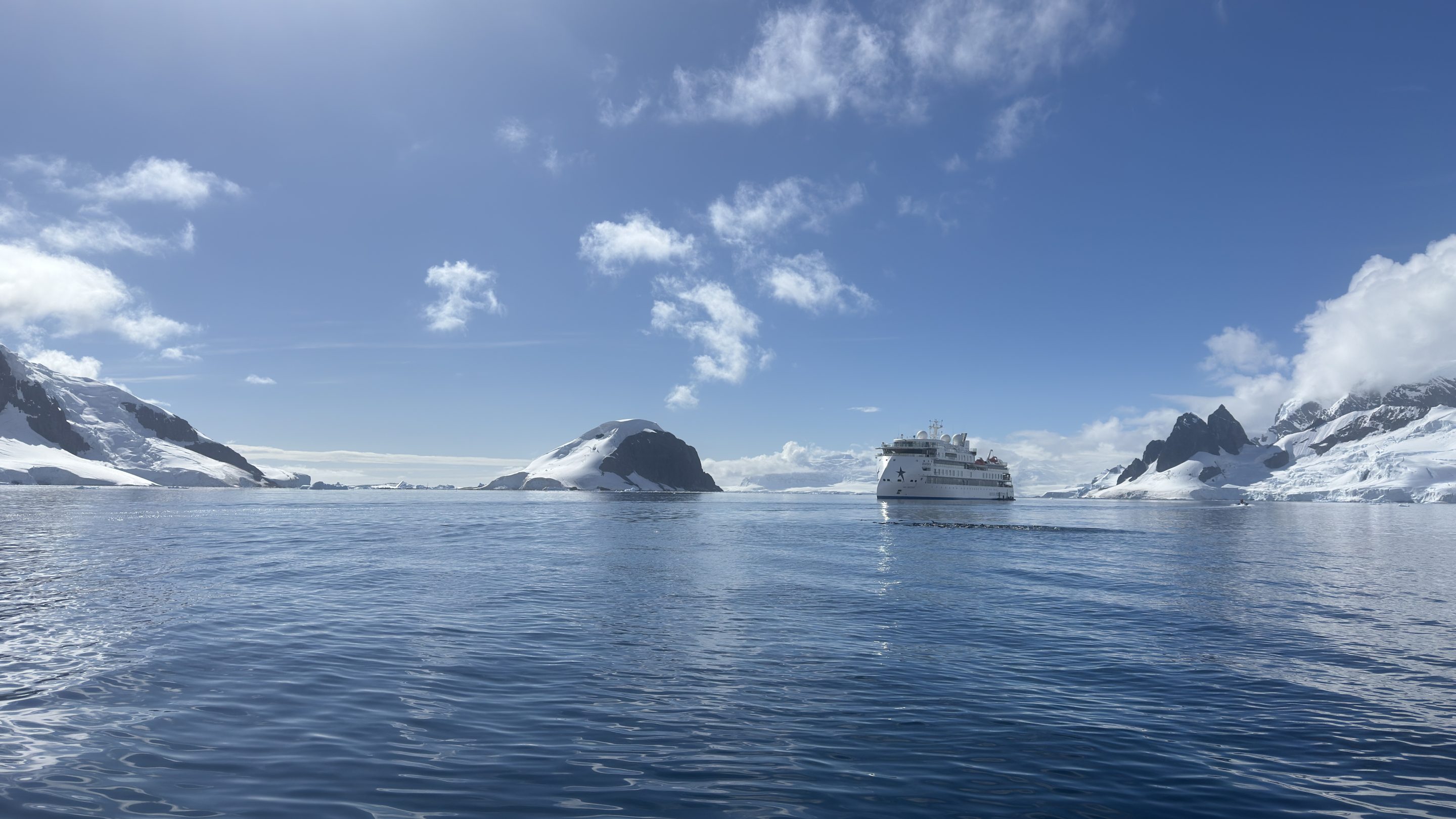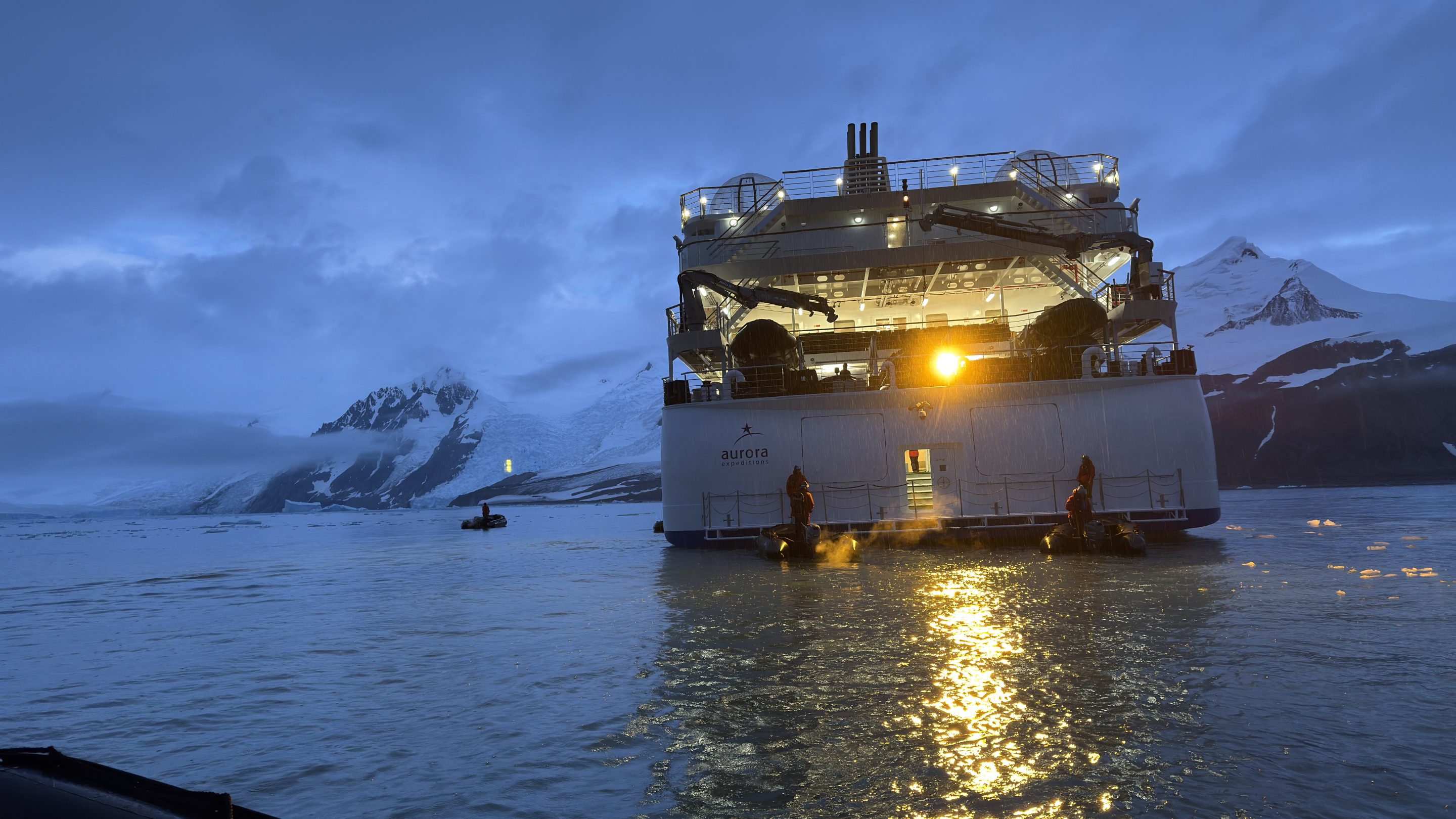The Best Time to Visit Antarctica
Let’s start with a spoiler- there is no best time to visit Antarctica, it’s a little more nuanced than that. Choosing when to go depends on what you want to see and experience. Cruises only operate during the austral summer, from November to March. Within this short window, conditions change dramatically. Each month offers unique advantages for wildlife encounters, activities, weather, daylight, and photography.
The Antarctic Travel Season
The Antarctica cruise season runs from November until March. Outside this period, heavy sea ice and harsh winter darkness make travel impossible. During summer, the continent comes alive. Ice retreats, days lengthen, and wildlife enters its most active period.
-
November marks the opening of the season, with fresh snow and dramatic landscapes.
-
December and January are the warmest months, bringing long daylight hours and peak breeding activity.
-
February and March see fledging chicks, increased whale sightings, and flexible navigation through melting sea ice.
Most travellers consider December and January the most rewarding. However, the best time to visit Antarctica varies according to personal priorities.
Early Season: November to Early December
In November, Antarctica still looks untouched. Snow blankets the land, and sea ice may restrict some landings. Yet this also creates pristine scenery.
Penguins begin their courtship rituals, while seabirds return to nesting cliffs. Expedition teams often highlight the striking contrasts between white snow and dark rock, making this an excellent time for photographers. Fewer ships operate at the start of the season, so landings are less crowded. The trade-off is that some remote sites remain inaccessible until ice conditions ease.

Mid Season: Late December to January
By late December, the continent is fully accessible. Sea ice has broken apart, channels open, and the weather reaches its most stable point. Daylight can last 20 hours or more, allowing extended excursions.
This is peak time for Antarctic wildlife. Penguin chicks hatch, seals bask on beaches, and whales begin to appear more frequently. Landscapes remain dramatic, with icebergs drifting through open waters.
The main disadvantages are higher demand and cost. Mid-season is the busiest period for Antarctic cruises.

Late Season: February to March
February brings a shift. Penguin chicks are now larger and often venture into the sea. Seals continue to haul out, and whale activity intensifies. Sightings of humpbacks, minkes, and orcas increase as the season progresses.
Sea ice recedes further, giving ships more flexibility to reach remote landing sites. Photographers often enjoy the changing colours as snow melts, revealing rocky terrain and varied landscapes.
The trade-off is that some wildlife, such as penguins, may begin to disperse. Temperatures also start to drop again by March. For travellers focused on whales, however, this is the best time to visit Antarctica.

Weather, Daylight, and Sea Ice
The Antarctic climate can be unpredictable. Still, some general patterns guide expectations:
-
Temperature: Summer highs on the Antarctic Peninsula hover around 0°C, though wind chill makes it feel colder.
-
Daylight: December and January bring near-constant daylight, while November and March offer long but slightly shorter days.
-
Sea ice: Extensive early in the season, retreating by January, and at its minimum in February and early March.
-
Storms: The Drake Passage can be rough at any time. Mid-season crossings are no guarantee of calm weather.
Understanding these factors helps travellers align their trip with their priorities.
Climate Change and Seasonal Shifts
Climate change is already reshaping Antarctica’s travel season in measurable ways. The most visible changes involve sea ice, wildlife timing, and weather patterns.
Sea Ice Trends
Satellite records show that Antarctic sea ice extent has become more variable. In some years, ice retreats earlier, opening channels sooner for ships. In others, rapid re-freezing shortens the period of easy access. Overall, the minimum ice extent in late February to early March has reached record lows in recent years, exposing more open water than historical averages.
Wildlife Timing
Penguins, seabirds, and seals rely on sea ice cycles for breeding and feeding. Studies show shifts in phenology: penguins may lay eggs earlier, and some species adjust feeding trips due to changes in prey availability. This means the wildlife calendar that once defined “best months” for travellers is gradually changing.
Weather and Variability
Warming air and ocean currents increase the likelihood of rain instead of snow along the Antarctic Peninsula. Storm frequency and intensity also appear to be shifting. This adds uncertainty for cruise itineraries, as conditions can alter more quickly than in the past.
Why It Matters for Travellers
For visitors, the best time to visit Antarctica is still November to March. However, climate change means the conditions you encounter may not match historical expectations. Ice may open routes sooner or close them unexpectedly. Wildlife encounters remain spectacular, but exact timing is less predictable than it once was.
Choosing the Right Time for You
Here is a guide to match timing with priorities:
-
Pristine snow and fewer visitors: November to early December
-
Penguin chicks and long daylight: December to January
-
Whale watching and flexible routes: February to March
-
Lower prices: Early and late season often offer better value
Every period offers unique rewards. There is no single “best” answer, only the best time to visit Antarctica for your goals.
Key Takeaways
-
The only opportunity to visit Antarctica on cruise ships is during the summer season, November to March.
-
December and January are the most popular, thanks to long daylight and peak wildlife activity.
-
November offers pristine snow and fewer visitors. February and March provide excellent whale watching but less overall wildlife.
-
Climate change is shifting sea ice and wildlife patterns, which is impssible to predict.
By aligning your travel goals with seasonal highlights, you can choose the period that offers the richest Antarctic experience.
Further information
Antarctica Cruise Guide has some useful information about the best time to visit Antarctica.
Back To Top
